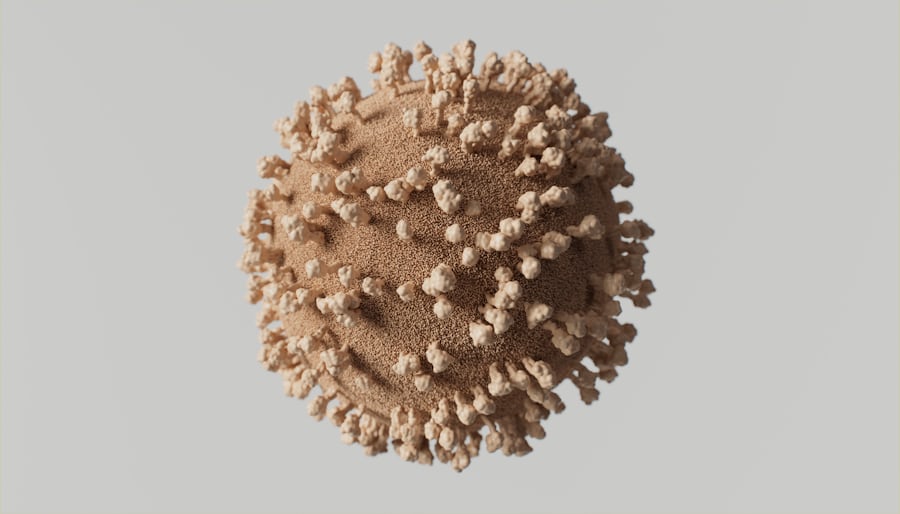Human Papillomavirus (HPV) is a very common group of viruses. Over 200 types of HPV exist, and many are sexually transmitted. Most people who are sexually active will contract HPV at some point in their lives, often without ever knowing it.
Here’s a breakdown of key information about HPV:
What is HPV?
HPV is a viral infection primarily spread through skin-to-skin contact, most often during sexual activity (vaginal, anal, and oral sex).
There are “low-risk” and “high-risk” types of HPV.
Low-risk HPV types typically cause genital warts, which are painless growths or lumps around the genitals or anus. These usually do not cause cancer.
High-risk HPV types are more serious because persistent infection can lead to cancer. These types are responsible for nearly all cases of cervical cancer, and also a significant percentage of anal, vulvar, vaginal, penile, and oropharyngeal (mouth/throat) cancers.
Symptoms of HPV:
Most HPV infections cause no symptoms and clear up on their own within a couple of years. This means many people have HPV and are unaware of it.
If symptoms do appear, they depend on the type of HPV:
Genital warts: These are caused by low-risk HPV types and can appear as small or large, raised or flat, or cauliflower-shaped bumps. They may cause itching, discomfort, or bleeding.
Pre-cancerous lesions or cancer: High-risk HPV types often have no symptoms until they cause cell changes. If these changes progress to cancer, symptoms will depend on the affected body part (e.g., anal bleeding for anal cancer, abnormal bleeding or discharge for cervical cancer, sore throat for throat cancer).
Transmission of HPV:
HPV is transmitted through skin-to-skin contact, especially during sexual activity (vaginal, anal, and oral sex).
It can also be spread through genital skin-to-skin touching even without penetrative sex.
Condoms offer some, but not total, protection as they don’t cover all genital skin.
It’s possible to be exposed to HPV the first time sexual activity occurs or from only one sexual partner.
In rare cases, HPV can be transmitted from a pregnant person to their baby during childbirth, potentially causing a noncancerous growth in the baby’s voice box.
Prevention of HPV:
HPV Vaccine: This is the most effective way to prevent HPV infection and related diseases, including cancer and genital warts. It’s recommended for adolescents (typically around age 11-12) before they become sexually active, but can be given up to age 26, and in some cases, up to age 45 after discussion with a doctor. The available vaccines protect against several high-risk HPV types that cause most cancers and low-risk types that cause most genital warts.
Safe Sex Practices:
Consistent and correct use of condoms can reduce, but not eliminate, the risk of HPV transmission.
Limiting the number of sexual partners.
Abstaining from sexual activity is the most reliable way to prevent HPV infection.
Regular Screenings:
For people with a cervix, regular cervical cancer screenings (Pap tests and/or HPV tests) are crucial. These tests can detect abnormal cell changes and high-risk HPV infections early, allowing for treatment before cancer develops.
Treatment of HPV:
There is no specific treatment for the HPV infection itself. In most cases, the body’s immune system clears the virus on its own.
Treatment focuses on the health problems caused by HPV:
Genital warts: Can be treated with topical medications, freezing (cryotherapy), burning (electrocautery), laser therapy, or surgical removal. However, even after removal, warts can recur, as the underlying virus is still present.
Pre-cancerous cell changes: These can be monitored or treated with various procedures to remove the abnormal cells before they develop into cancer.
Cancers caused by HPV: Are treated similar to other cancers, often involving surgery, chemotherapy, and/or radiation therapy. Early detection and treatment significantly improve outcomes.
If you have concerns about HPV, or think you might have symptoms, it’s important to talk to a healthcare provider.


